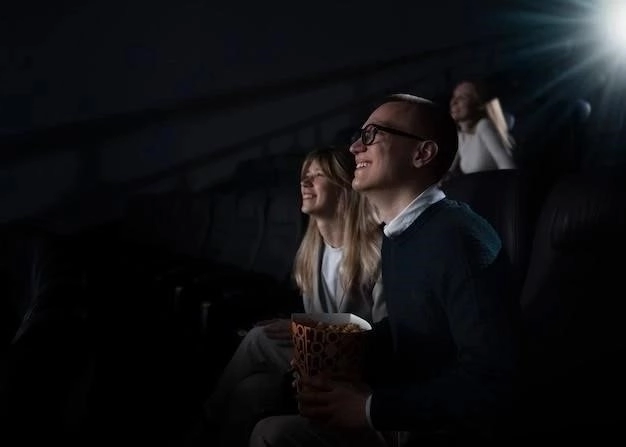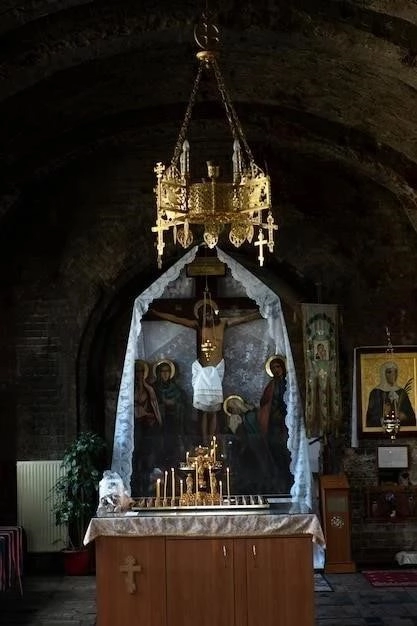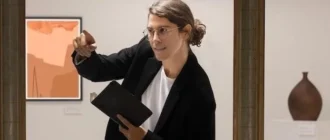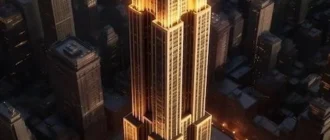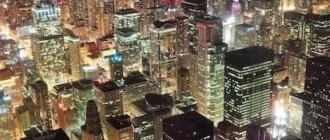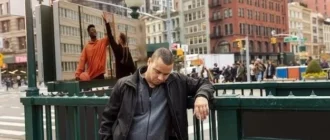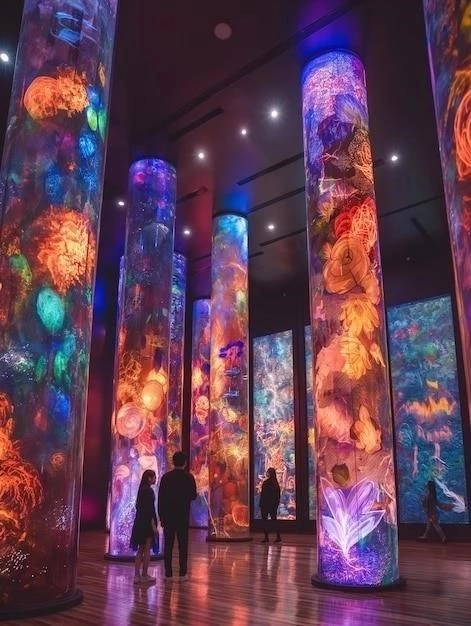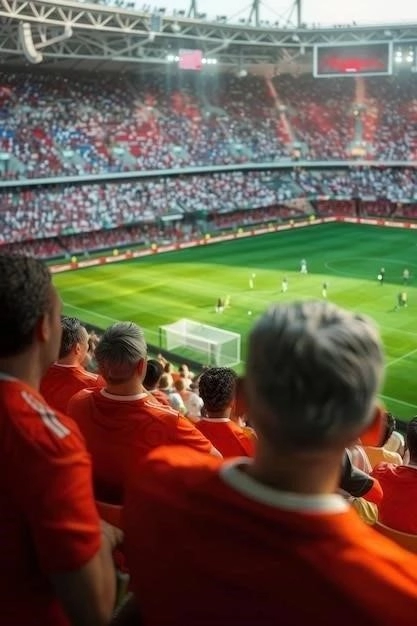Introduction: The Transformation of Bushwick
Once a symbol of urban decay, Bushwick, Brooklyn, has undergone a dramatic transformation in recent decades. The neighborhood’s grit and industrial character, once deterrents, have become the backdrop for a vibrant cultural resurgence, fueled in large part by the explosive growth of street art. This convergence of industrial aesthetics and artistic expression has repositioned Bushwick as a global destination for art enthusiasts and a case study in urban renewal through creative energy.
The Rise of Street Art in Bushwick
The emergence of street art in Bushwick is inextricably linked to the neighborhood’s changing socioeconomic landscape. As artists and creatives were priced out of areas like Williamsburg in the early 2000s, many were drawn to Bushwick’s affordable warehouses, industrial spaces, and abundance of blank walls. This influx of artistic energy coincided with a growing global appreciation for street art as a legitimate art form, moving beyond its earlier associations with vandalism and illegality.
Bushwick’s industrial character provided a unique and appealing canvas for this burgeoning art movement. The weathered brick facades, sprawling factory walls, and gritty alleyways offered an expansive and textured backdrop for large-scale murals, intricate stencils, and expressive graffiti tags. This fusion of raw, industrial aesthetics with vibrant, often politically charged artwork created a striking juxtaposition that quickly became synonymous with Bushwick’s visual identity.
The organic growth of street art in Bushwick was not merely decorative; it became a powerful tool for community building and social commentary. Local residents, often priced out of traditional art spaces, found themselves engaging with world-class art on their daily commutes and outside their apartment windows. The ephemeral nature of street art, constantly evolving and changing with the neighborhood itself, further amplified its ability to reflect the dynamism and evolving spirit of Bushwick.
2.1. The Bushwick Collective: A Street Art Mecca
At the heart of Bushwick’s street art scene is the Bushwick Collective, a sprawling, open-air gallery that has become synonymous with the neighborhood’s artistic identity. Founded in 2011 by local resident Joe Ficalora, the Collective emerged from a deeply personal motivation: to revitalize the neighborhood he loved and honor the memory of his father, who was tragically killed in Bushwick in 1991.
What began as a few murals on Ficalora’s own property quickly blossomed into a neighborhood-wide initiative, transforming Bushwick into a living, breathing canvas for established and emerging artists from around the world. The Collective functions as a curator, facilitating connections between building owners willing to donate their walls and artists eager to leave their creative mark on this evolving urban landscape.
Unlike traditional galleries, the Bushwick Collective is inherently democratic and accessible. There are no admission fees, no opening hours, and no curatorial biases. Visitors are free to wander the streets at their leisure, encountering a staggering diversity of styles, themes, and techniques. The murals themselves are in constant flux, reflecting the ephemeral nature of street art. Works are painted over, new pieces emerge, and the landscape of the Collective is perpetually evolving, mirroring the dynamism of the neighborhood itself.
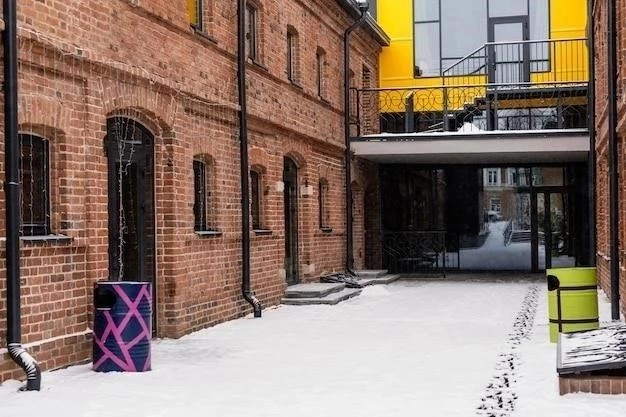
2.2. Beyond the Collective: Exploring Bushwick’s Diverse Street Art Scene
While the Bushwick Collective stands as a testament to curated, large-scale murals, Bushwick’s street art scene extends far beyond this renowned collective. The neighborhood pulses with a raw and unfiltered artistic energy that spills onto every available surface, from brick walls and garage doors to sidewalks and street signs. This decentralized, organic element of Bushwick’s street art is arguably what gives the neighborhood its distinct edge and authenticity.
Venturing beyond the designated boundaries of the Collective reveals a hidden tapestry of artistic expression. Smaller crews and individual artists leave their mark on tucked-away streets, their styles ranging from politically charged stencils and thought-provoking wheatpastes to playful characters and intricate calligraphy. This decentralized approach to street art ensures that every corner turned, every alleyway explored, offers the potential for unexpected encounters with powerful and evocative imagery.
This sense of discovery is central to the allure of Bushwick’s street art. It is not confined to galleries or museums but woven into the very fabric of the neighborhood. This immersive quality invites visitors to engage with the art on a deeper level, to decipher hidden meanings, and to appreciate the sheer diversity of talent that thrives in this dynamic urban environment.
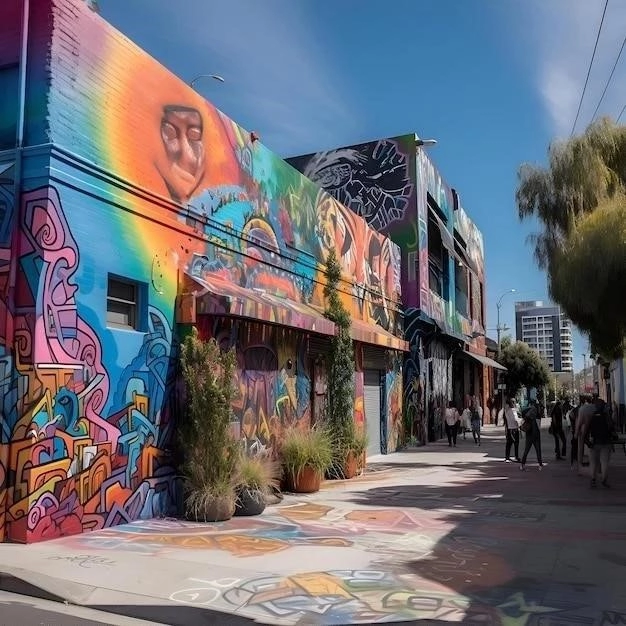
From Industrial Hub to Artistic Haven: The Evolution of Bushwick’s Landscape
Bushwick’s current identity as a thriving arts destination is intricately intertwined with its past as a bustling industrial center. Throughout the late 19th and early 20th centuries, Bushwick was a powerhouse of manufacturing and industry, its streets lined with factories, breweries, and warehouses that fueled the city’s growth. However, the latter half of the 20th century brought economic decline and social upheaval, leaving many of these industrial spaces abandoned and the neighborhood grappling with poverty and crime.
It is within these remnants of Bushwick’s industrial past that the seeds of its artistic renaissance were sown. The vast, raw spaces left behind by factories and warehouses proved irresistible to artists seeking affordable studios and a blank canvas for their creativity. The neighborhood’s industrial aesthetic, once a symbol of decline, became an integral part of its revitalized identity.
The influx of artists and the rise of the street art movement breathed new life into Bushwick’s industrial bones. The very structures that once symbolized economic hardship were transformed into vibrant expressions of creativity, their weathered facades becoming canvases for large-scale murals and intricate graffiti art. This fusion of industrial grit and artistic expression created a unique and captivating aesthetic that drew visitors from across the city and around the world, solidifying Bushwick’s transformation from a forgotten industrial zone to a thriving center for art and culture.
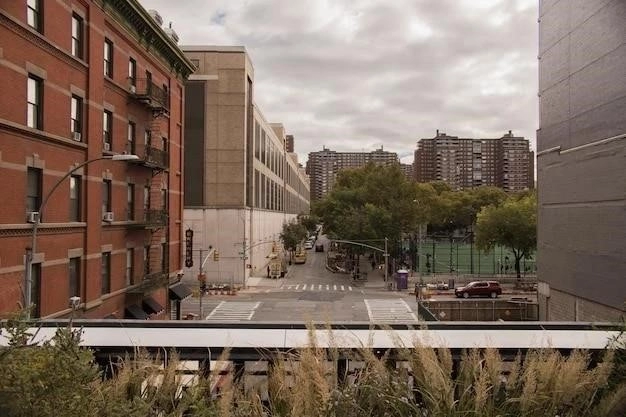
Experiencing Bushwick’s Art: A Walking Tour Guide
To truly appreciate the dynamism and sheer scale of Bushwick’s street art, a walking tour through the neighborhood is essential. While the art itself is ephemeral, constantly evolving and changing, a well-planned route will reveal the neighborhood’s artistic heart and soul, encompassing both renowned murals and hidden gems tucked away in its industrial landscape.
Begin your journey at the heart of the Bushwick Collective, where Troutman Street intersects with St. Nicholas Avenue. Here, amidst the former factories and warehouses, you’ll encounter a staggering array of large-scale murals, each a testament to the collective’s global reach and diverse artistic voices. Take your time to decipher the intricate details, the powerful messages, and the sheer technical skill on display.
As you venture beyond the Collective’s epicenter, allow yourself to wander down side streets and alleyways. Here, you’ll discover the spontaneous and ever-changing face of Bushwick’s street art scene. Stencils adorn brick walls, paste-ups peek from behind street signs, and vibrant tags add splashes of color to unexpected corners. This less-curated aspect of the neighborhood’s art scene offers a glimpse into the raw creativity that thrives in Bushwick’s urban fabric.
4.1. Notable Murals and Artists
Navigating the vast and ever-changing landscape of Bushwick’s street art can be a thrilling, yet daunting, experience. To guide your exploration, consider seeking out these notable murals and the artists behind them, each offering a glimpse into the diverse styles and perspectives that converge in this dynamic outdoor gallery:
- “The Vandal’s Eye” by Blek le Rat: Often hailed as the “Father of Stencil Graffiti,” French artist Blek le Rat left his mark on Bushwick with this iconic mural, a commentary on societal perceptions of art and vandalism.
- “Bushwick Collective Block Party” by various artists: This collaborative mural, spanning an entire city block, captures the energy and spirit of the Collective’s annual event, featuring the distinct styles of numerous artists who have graced Bushwick’s walls.
- Works by Iena Cruz: Known for her large-scale portraits of women adorned with botanical elements, Puerto Rican artist Iena Cruz brings a vibrant and empowering feminine energy to Bushwick’s industrial landscape.
These represent just a few of the countless artists who have left their creative mark on Bushwick. The true beauty of exploring this neighborhood lies in the thrill of discovery, encountering new works and uncovering hidden gems with each turn you take.
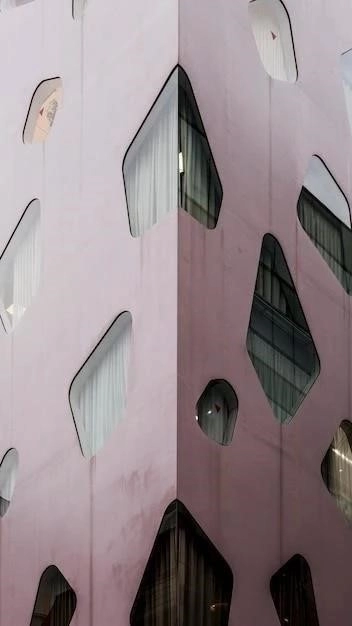
Conclusion: Bushwick – A Testament to Urban Renewal Through Art
Bushwick’s transformation from a symbol of urban decay to a vibrant hub of art and culture stands as a powerful testament to the transformative power of creative expression. The neighborhood’s industrial past, once a mark of economic hardship, has become an integral part of its revitalized identity, its raw spaces and weathered facades providing a unique and captivating backdrop for a constantly evolving tapestry of street art.
What began organically, fueled by the vision of individual artists and the support of local residents, has blossomed into a global phenomenon. The Bushwick Collective, with its curated murals and international roster of artists, has played a pivotal role in this transformation, attracting art enthusiasts and tourists alike. However, it is the decentralized, spontaneous nature of much of Bushwick’s street art that truly captures the spirit of the neighborhood – a spirit of creativity, resilience, and community.
Bushwick’s story serves as a model for urban renewal projects around the world, demonstrating that art can be a powerful catalyst for positive change. By embracing its industrial past and harnessing the creative energy of artists, Bushwick has not only revitalized its physical landscape but has also fostered a strong sense of community and redefined its place within the cultural landscape of New York City.


